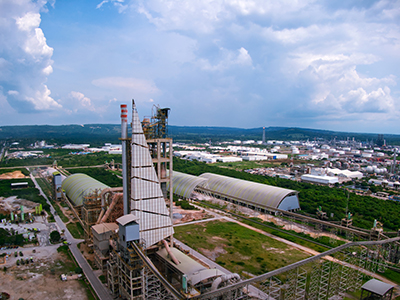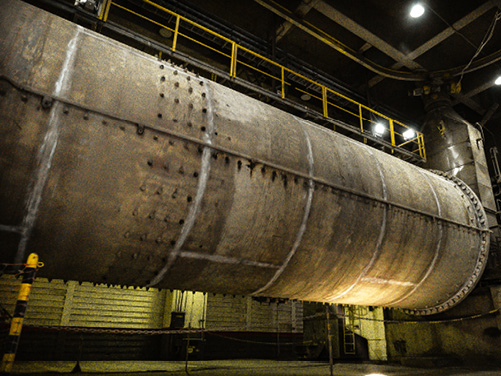Argos Cementos Installs A New Plant To Accelerate The Reduction of CO2 Emissions.
By Mauro Nogarin
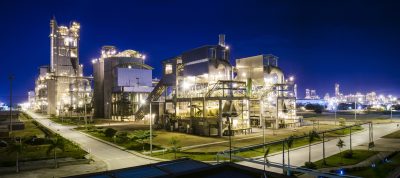
Colombia was one of the first countries in Latin America to develop a roadmap toward carbon neutrality with international standards. According to this important international commitment, the Colombian cement industry projects a 21% reduction in CO2 emissions by 2030, in addition to achieving the goal of carbon neutrality by 2050.
According to data from the Colombian Chamber of Cement and Concrete (PROCEMCO), since 2010 the industry has achieved a 17% reduction, so only 4% is missing to meet the goal established by 2030.
Among the companies that confirmed that they will respect their commitment to achieve these important objectives by renewing their industrial structures is the company Argos Cementos, which recently signed an agreement with Geofuturo CDR, a company specialized in waste recovery and the formulation of alternative fuels.
The alliance will see new equipment that allows waste generated in the Caribbean region to be transformed into Residue Derived Fuel (RDF) to be used in the clinker kiln at the Cartagena cement plant.
With this project, Argos Cemento seeks to reduce the consumption of fossil fuels and the generation of greenhouse gases (GHG) with the goal of reducing approximately 35,000 tons of CO2 per year.
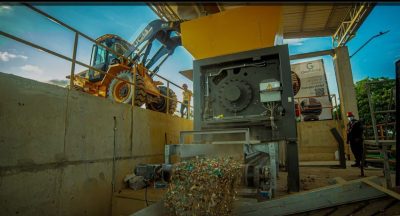
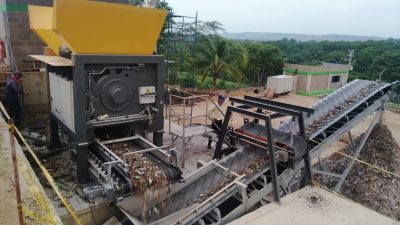
The project will also increase the availability of alternative fuels by more than 20,000 tons per year, representing between 15% and 20% of the current estimated capacity of the Colombian market.
“The signing of this agreement represents a very important milestone in our roadmap with which we seek to increase the use of alternative fuels in our Cartagena plant and offer a joint solution for the use of waste in the city,” said the vice president of the regional subsidiary of Grupo Argos in Colombia.
The project will be implemented at the Cartagena cement plant located in the Mamonal area, which according to international statistics is the third largest in terms of cement production capacity in Latin America.
The plant has one of the cement kilns with the highest capacity in Latin America, so the implementation of this technology becomes a great opportunity to reduce the consumption of fossil fuels and replace them with alternative fuels, all in line with the most sustainable global practices and the environmental goals of the cement company.
Likewise, the agreement represents a unique opportunity for the industrial, commercial and hotel sector in the area, considering that their waste will be diverted to the Geofuturo CDR facilities, instead of being taken to landfills.
At the Geofuturo CDR production plant, a subsidiary of the multinational Resiter, residual materials that until now could not be recycled are transformed, such as plastics that are difficult to use, cellulose, biomass, textiles, wood, furniture, as well as various industrial wastes that are technically and environmentally suitable for co-processing.
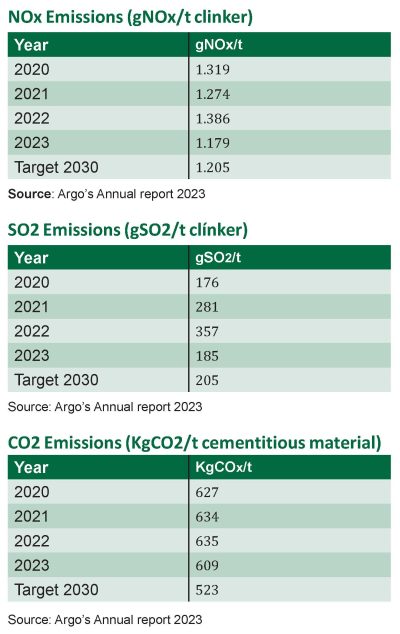
By adopting this technology, the Cartagena cement plant not only contributes to the reduction of waste in landfills (generators of 7% of greenhouse gases in the world) but also reduces dependence on fossil fuels.
The Geofuturo CDR company built a plant for the selection and homogenization of waste, whose main equipment consists of a special crusher. Once the combustible material has been prepared, it is taken by means of a conveyor belt to the Cartagena plant, where the clinker production oven is located and the reception and dosing equipment partially replaces the thermal energy requirements to carry out the combustion process.
The alternative fuel is fed directly into the calciner of the clinker production kiln. There, the alternative fuels obtained from waste are subjected to oxygen-rich atmospheres and temperatures above 1,000 Celsius, allowing for their complete combustion; the combustion gases generated come into direct contact with the raw material of clinker production, allowing most of the sulfur oxides to be captured, while the ashes become part of the raw material, ensuring not only a complete and safe destruction of the waste, but also the use of its mineral and energy components.
It is also important to highlight that according to the 2023 sustainability report prepared by Argos Cementos, other innovative technologies were implemented, such as the use of energy from more than 105,000 tons of urban waste and waste from other industries, thus reducing the use of coal and other fossil fuels.
Among the low-carbon products that contribute to mitigating climate change, green cement stands out, produced using alternative fuels and renewable energy and replacing part of the clinker with supplementary cementing materials such as calcined clays, slag, natural pozzolans or fly ash. A technology that managed to achieve a reduction of up to 45% of CO2 emissions in the production of general-use cement.
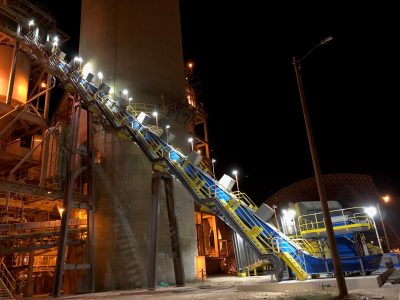
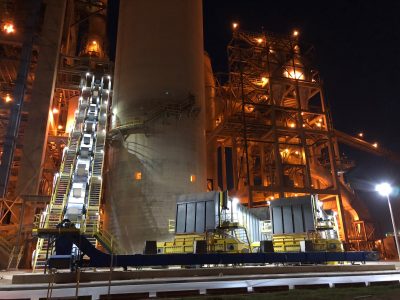
During 2023, Argos Cementos also managed to replace on an industrial scale up to 5% of clinker in cement production and a caloric replacement of 7.2% without using coal or petcoke.
Mauro Nogarin is Cement Optimized’s Latin American correspondent.
The Cartagena Cement Plant
The Argos plant in Cartagena currently accounts for 30% of the total cement production in the country, and during the first half of this year, the Cartagena Distribution Center began operating, with a capacity of 1,295,000 tpy. The dry production line is the largest in the country and its technology allows for energy optimization, water savings and significant reductions in CO2 emissions compared to traditional production methods.
In addition, in 2022, the cement company inaugurated a new terminal, which is complementary to Argos’ existing port facility, from which it exports cement and clinker to the United States and other destinations in the Caribbean and Central America.

